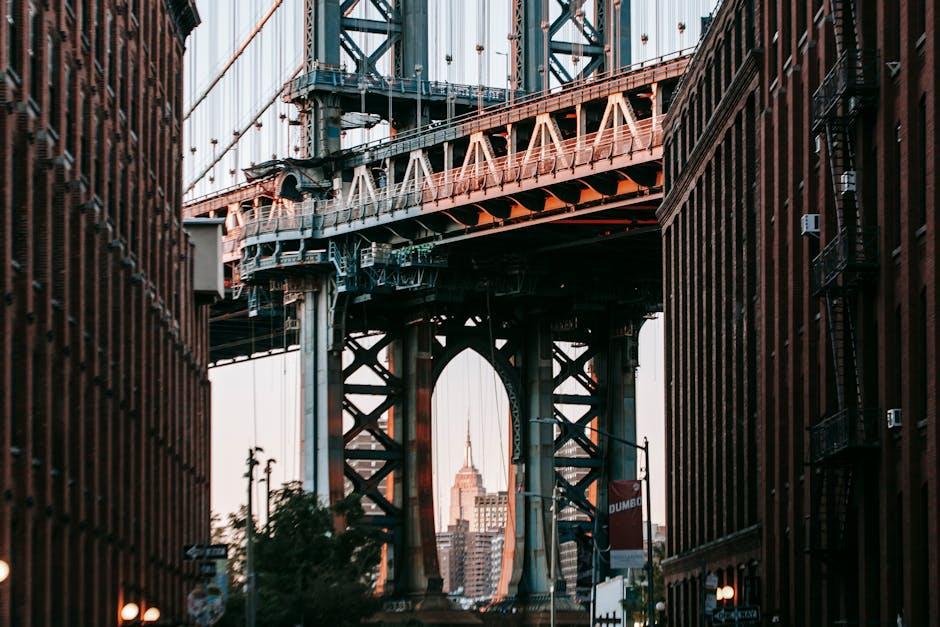Only the Hardiest Trees Can Survive Today’s Urban Inferno
As cities grow and expand, the concrete jungle takes over, replacing vast green spaces with towering skyscrapers and asphalt roadways. The consequence of this urbanization is not only the destruction of our natural environment but also the creation of what scientists refer to as the “urban inferno.” The heat generated in cities, coupled with pollution and other factors, make it increasingly difficult for trees to survive. Only the hardiest trees, capable of withstanding extreme conditions, can thrive in today’s urban inferno.
Urban heat islands, areas within cities that are significantly hotter than the surrounding rural areas, are a primary factor contributing to the urban inferno phenomenon. Buildings, roads, and pavements absorb heat during the day and release it slowly at night, preventing the city from cooling down as it should. As a result, temperatures in urban areas can be several degrees higher than in rural regions. This intense heat can be destructive for many tree species, forcing them to adapt or perish.
One characteristic that makes certain tree species more resilient in the face of urban heat is their ability to withstand high temperatures. Trees like the London Plane (Platanus x hispanica) or the Chinese Elm (Ulmus parvifolia) have proven to be highly tolerant of extreme heat and are commonly found in urban environments around the world. These trees have developed special mechanisms to cope with urban heat, such as reflective surfaces on leaves, which reduce their temperature, and the ability to scavenge and store water efficiently.
Another crucial aspect of tree survival in urban areas is their tolerance to pollution. Cities are notorious for their air pollution, which can be detrimental to the health of trees. Trees with a high tolerance for pollutants, like the Ginkgo Biloba or the White Mulberry, have the ability to filter out toxins that would harm other species. Their leaves possess a unique ability to retain and decompose pollutants, contributing to cleaner air quality in urban areas.
Besides temperature and pollution, another challenge for urban trees is the limited space available for growth. Most cities have tight spaces surrounded by concrete, leaving little room for trees to develop extensive root systems. Hardier trees adapt by growing shallow roots that can withstand the constraints of the urban landscape. These shallow-rooted species, such as the Scarlet Oak (Quercus coccinea) or the Japanese Maple (Acer palmatum), can flourish in limited soil spaces and still provide valuable ecosystem services.
The importance of hardy, resilient trees in urban environments cannot be overstated. Not only do they provide shade and beauty, but they also have a significant impact on reducing surface temperatures, mitigating the urban heat island effect. By acting as natural air purifiers, they improve the air quality for residents, help absorb stormwater runoff, and provide valuable habitats for urban wildlife.
While cities must make efforts to preserve green spaces and encourage the planting of a diverse range of tree species, the responsibility also lies with individual residents to contribute to the survival of trees susceptible to the urban inferno. Planting and caring for hardy tree species that can withstand extreme temperatures and pollution is essential to combat the challenges posed by urbanization. Additionally, ensuring that trees have access to adequate water and space to grow their roots will go a long way in ensuring their survival in today’s urban inferno.
In a rapidly urbanizing world, it is crucial to acknowledge that only the hardiest trees can survive the urban inferno. Through conscious urban planning and individual efforts, we can ensure that our cities continue to have green spaces that not only beautify the concrete landscape but also provide much-needed relief from the heat and pollution. Let us not forget the invaluable services that trees provide and the immense benefits they bring to our urban environments.
Hey Subscribe to our newsletter for more articles like this directly to your email.
